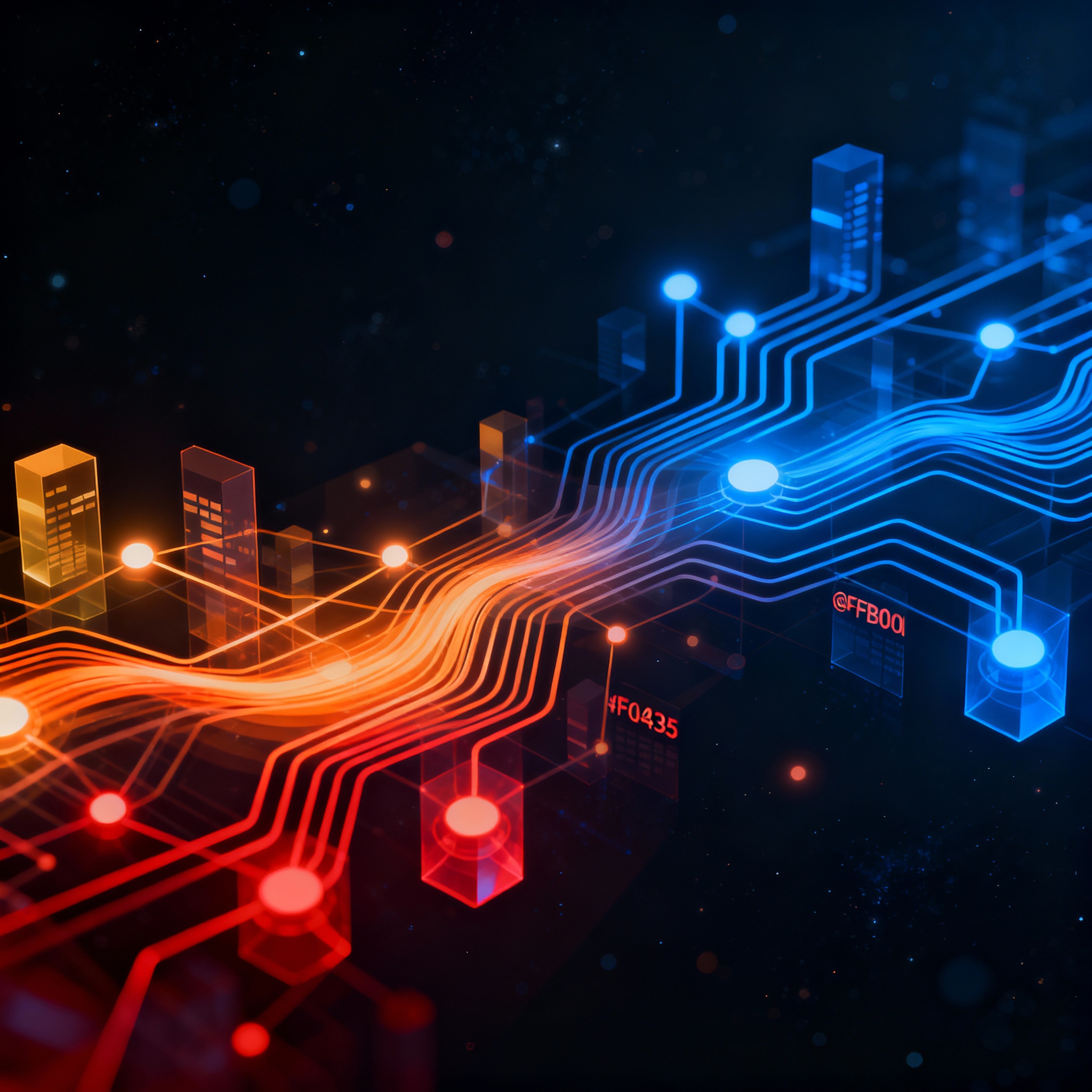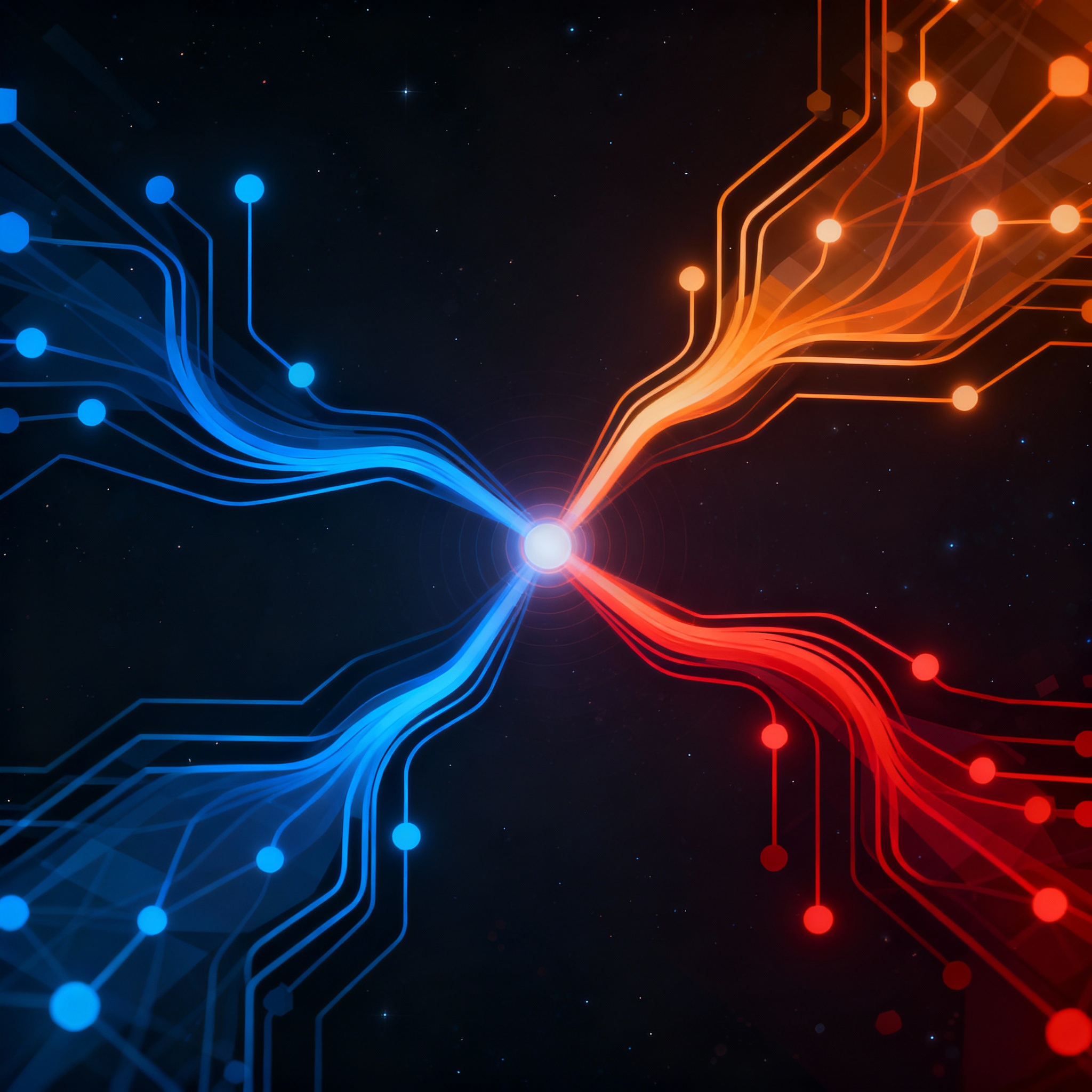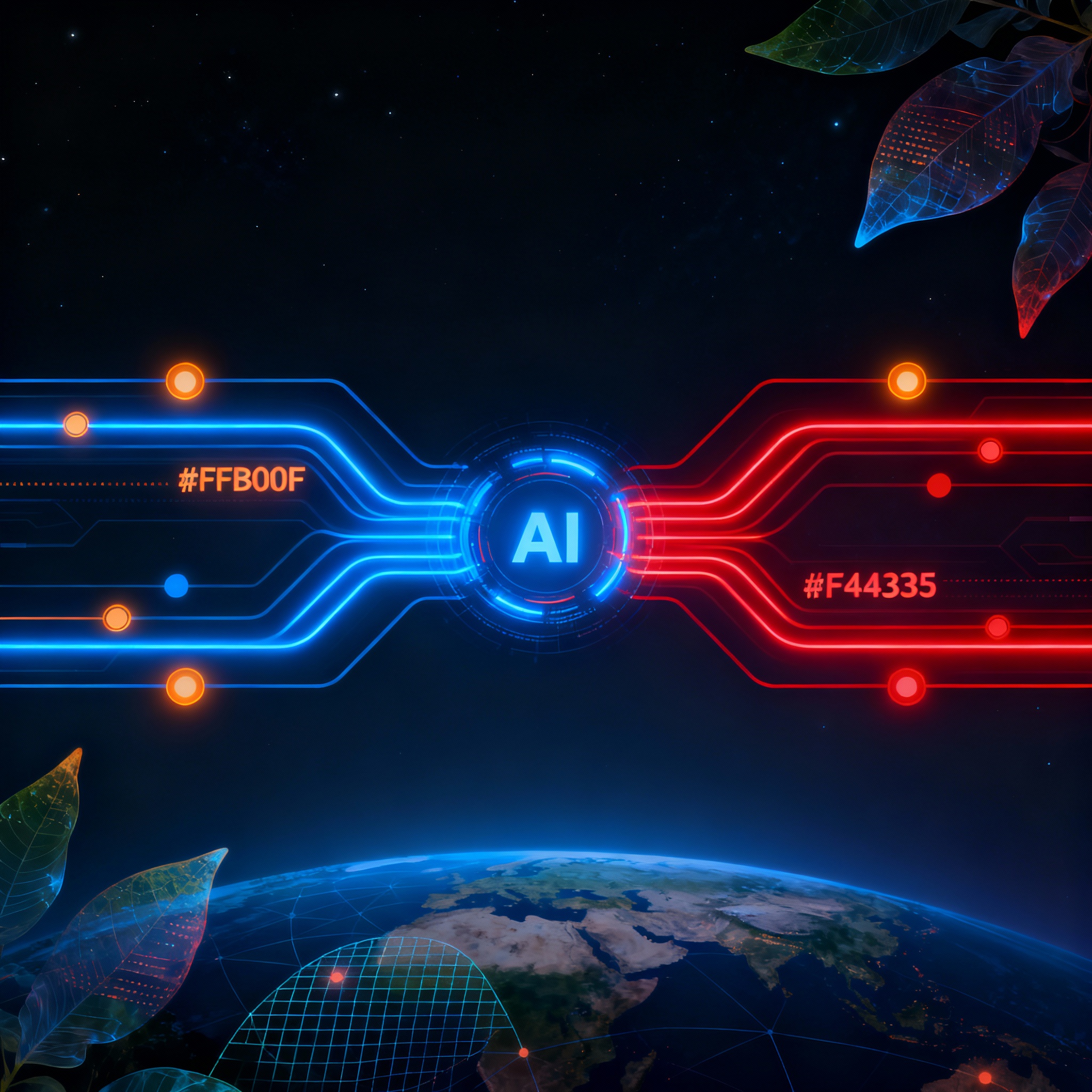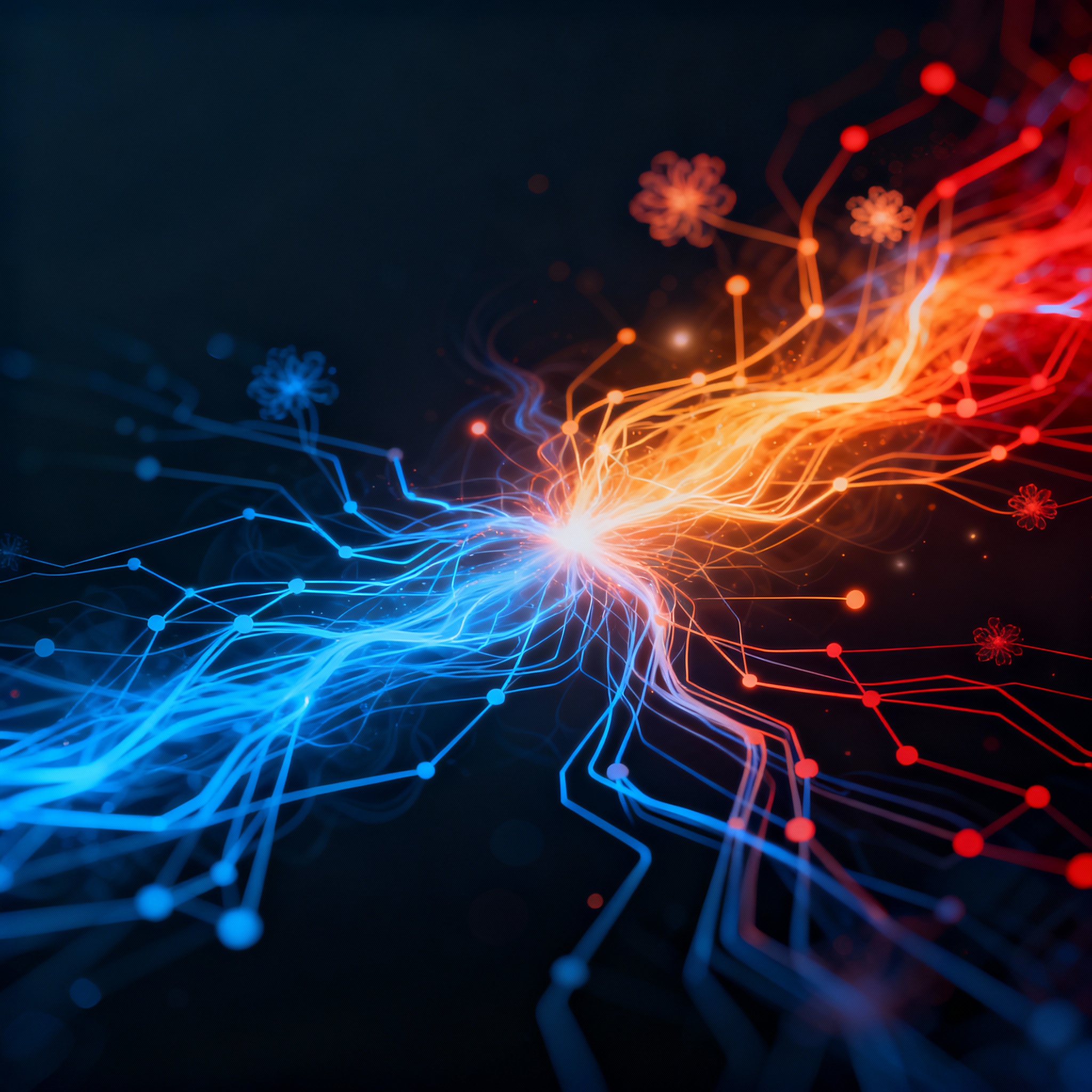
Revolutionizing Nonprofit Grant Writing with RAG: A Technical Deep Dive
Revolutionizing Nonprofit Grant Writing with RAG: A Technical Deep Dive
Nonprofits operate in a high-stakes environment where securing grants can mean the difference between thriving programs and stalled initiatives. Traditionally, grant writing and research involve hours of manual labor—sifting through databases, analyzing funder priorities, and drafting proposals that align with ever-changing guidelines. Enter Retrieval-Augmented Generation (RAG), an AI architecture that's reshaping this landscape. By pulling in real-time, relevant data from external sources and integrating it with generative AI, RAG helps nonprofits create compelling, evidence-based proposals faster and more accurately.
In this post, we'll explore the fundamentals of RAG for nonprofit grant writing, recent trends, best practices, real-world examples, common challenges, and technical details for developers. Whether you're a SaaS founder building tools like ChatRAG or a nonprofit leader looking to adopt AI, you'll find actionable insights to elevate your grant strategies.
Understanding RAG in the Context of Nonprofit Grant Work
At its core, Retrieval-Augmented Generation (RAG) combines two powerful components: a retriever that searches and fetches relevant information from vast databases, and a generator (typically a large language model like GPT-4) that synthesizes this data into coherent, context-aware outputs. Unlike standalone AI models that might hallucinate facts or rely on outdated training data, RAG ensures responses are grounded in current, domain-specific knowledge.
For nonprofits, this is particularly valuable in grant writing—the art of crafting proposals that articulate an organization's needs, goals, and expected outcomes to secure funding from foundations, governments, or corporations. Grant research, meanwhile, involves scouting opportunities that match your mission, evaluating eligibility, and tracking deadlines. RAG streamlines both by automating data retrieval from sources like government portals (e.g., Grants.gov) or foundation directories.
Imagine a nonprofit focused on environmental conservation. Using a RAG-powered tool, they could query: "Find grants for clean energy projects in the Southeast U.S. that emphasize DEI." The system retrieves the latest opportunities, funder requirements, and even examples of successful proposals, then generates a tailored draft outline. This not only saves time but also boosts proposal quality by embedding factual, up-to-date insights.
Emerging Trends in AI-Enhanced Grant Writing
The nonprofit sector is evolving rapidly, with AI at the forefront. One major trend is data-driven decision-making. Organizations are using predictive analytics to identify high-potential grants and RAG to weave in real-time data, such as impact metrics from similar projects. For instance, tools can analyze past funding patterns to predict success rates, helping nonprofits prioritize efforts.
Diversity, Equity, and Inclusion (DEI) is another hot topic. Funders increasingly demand proposals that address systemic inequities, and RAG can help by retrieving DEI-focused guidelines and integrating them into narratives. This ensures proposals aren't just compliant but genuinely inclusive, targeting marginalized communities effectively.
Collaborative funding models are on the rise too, with alliances forming for collective impact. RAG excels here by mapping potential partners—pulling data on shared goals from disparate sources like partnership databases or social impact reports—and generating collaborative proposal frameworks.
Finally, the adoption of AI-driven tools is surging. Platforms built on frameworks like Next.js, such as ChatRAG, enable quick deployment of customizable chatbots that handle everything from initial research to final reviews, making advanced AI accessible to resource-strapped nonprofits.
Best Practices for Implementing RAG in Grant Processes
To harness RAG effectively, nonprofits and developers should follow these proven strategies:
-
Integrate RAG Seamlessly into Workflows: Start by connecting RAG to key data sources. For research, use it to query and filter grants based on criteria like budget size or thematic focus. In drafting, feed retrieved data into the generator to create personalized proposal sections. A practical tip: Set up prompts like "Generate a needs statement based on the latest climate change funding trends from EPA databases."
-
Build a Centralized Knowledge Base: Curate an internal archive of past proposals, funder feedback, and outcome reports. Fine-tune your RAG model on this data to make outputs organization-specific. Tools like vector databases (e.g., Pinecone) can store this information for efficient retrieval.
-
Define and Automate Metrics: Clear, measurable outcomes are grant gold. Use RAG to pull benchmarks from similar projects and automate reporting. For example, if tracking community impact, the system could retrieve real-time data from sources like Census APIs and generate progress reports.
-
Ensure Compliance Automation: Grants come with strings attached. RAG can generate checklists for requirements, flag potential issues, and even draft compliance sections. This is especially useful for post-award reporting, reducing administrative burdens.
-
Promote Collaboration: Leverage RAG to identify partners by analyzing shared missions. In a multi-stakeholder project, it can synthesize inputs from team members, ensuring cohesive proposals.
By adopting these practices, nonprofits can increase submission rates and success probabilities. Developers building SaaS solutions should prioritize user-friendly interfaces that hide the complexity, allowing even non-tech-savvy users to benefit.
Real-World Examples of RAG in Action
Let's look at how RAG-inspired approaches have driven success, with insights on AI enhancement.
The Southern Alliance for Clean Energy (SACE) secured $1.4 million for clean energy initiatives through meticulous grant writing and project management. Imagine amplifying this with RAG: The tool could automate research on energy funders, draft narratives incorporating real-time policy data, and manage compliance, potentially shortening the process from months to weeks.
In a larger-scale example, a consortium clinched $52.9 million for economic development by coordinating complex proposals. RAG systems shine in such scenarios, retrieving and synthesizing data from multiple sources to create unified documents. For instance, it could pull economic impact studies and align them with each partner's goals.
Grant Management Associates (GMA) has helped numerous nonprofits by structuring research and management processes. Integrating RAG could automate their workflows, like instantly matching client needs to opportunities via AI-driven searches.
Storytelling remains key—nonprofits blending narratives with data see higher funding rates. RAG enhances this by retrieving compelling case studies and statistics, generating engaging proposal stories grounded in facts.
These cases highlight RAG's potential to scale successes, turning manual efforts into efficient, AI-augmented processes.
Overcoming Common Challenges with RAG Solutions
Grant writing isn't without hurdles, but RAG offers targeted fixes:
-
Outdated Workflows: Manual processes lead to errors. Solution: Deploy RAG for automated retrieval and generation, ensuring fresh data.
-
Time-Intensive Research: Sifting through opportunities is exhausting. Use AI filters to surface matches quickly, perhaps via a dashboard querying "grants under $100K for education in California."
-
Data Gaps in Proposals: Vague claims weaken bids. Integrate RAG with analytics for real-time evidence inclusion.
-
Deadline Management: Missed dates doom applications. Automate calendars and reminders in your SaaS tool.
-
Unclear Budgets: Fuzzy financials raise red flags. Standardize templates and let RAG calculate based on retrieved benchmarks.
-
Resource Constraints: Small teams struggle. Prioritize grants with RAG's efficiency, distributing tasks intelligently.
By addressing these, RAG not only solves problems but empowers nonprofits to focus on mission-critical work.
Technical Insights for Developers Building RAG Tools
For those creating SaaS products like ChatRAG—a Next.js boilerplate for chatbot agents—here's a deeper dive into RAG implementation.
The architecture typically involves a retriever using dense vector search (e.g., via FAISS or Elasticsearch) over grant databases, paired with an LLM generator. Data sources might include APIs from Grants.gov, Foundation Center, or custom nonprofit repositories.
Fine-tuning is crucial: Use historical proposals to train models, improving relevance. For example, employ techniques like LoRA for efficient adaptation without massive compute.
Security matters—implement encryption, role-based access, and audit logs to protect sensitive data. Compliance with standards like GDPR or HIPAA is non-negotiable for nonprofit tools.
User experience is key: Design interfaces where users input project details and receive instant drafts. In code, this might look like:
// Example RAG query in a Next.js app
async function ragGrantQuery(query) {
const retriever = await VectorStore.fromIndex('grants-index');
const docs = await retriever.similaritySearch(query);
const llm = new OpenAI({ model: 'gpt-4' });
const response = await llm.generate(`Draft a grant proposal section using: ${docs.map(d => d.content).join('\n')}`);
return response;
}
This snippet illustrates retrieving docs and generating outputs—perfect for a boilerplate like ChatRAG to kickstart development.
Scalability tips: Use serverless backends for handling variable loads, and monitor for biases in retrieved data to maintain ethical AI.
Conclusion: Empowering Nonprofits Through RAG Innovation
RAG is more than a buzzword—it's a transformative force for nonprofit grant writing and research, enabling faster, smarter, and more impactful funding pursuits. By integrating real-time data with generative AI, organizations can craft proposals that stand out, while developers have a ripe opportunity to build solutions that drive social good.
Key takeaways:
- Adopt RAG for automated, accurate grant workflows to save time and boost success.
- Focus on trends like DEI and collaboration to align with funder priorities.
- Overcome challenges with centralized data and intuitive tools.
- For developers, prioritize secure, user-friendly architectures to scale impact.
As AI evolves, embracing RAG will be essential for nonprofits aiming to maximize their missions.
Ready to Build Your Own RAG-Powered Application?
If you're looking to implement RAG (Retrieval-Augmented Generation) for your own use case, ChatRAG provides a complete Next.js boilerplate to launch your chatbot or AI agent SaaS in minutes. Skip months of development and focus on what makes your application unique.
Learn more at chatrag.ai
Ready to build your AI chatbot SaaS?
ChatRAG provides the complete Next.js boilerplate to launch your chatbot-agent business in hours, not months.
Get ChatRAGRelated Articles

Streamlining Scholarly Scrutiny: RAG's Impact on Manuscript Review in Publishing
In the fast-paced world of academic publishing, reviewing manuscripts can be a daunting task fraught with information overload. Retrieval-Augmented Generation (RAG) emerges as a game-changer, combining AI's generative power with targeted data retrieval to enhance accuracy and efficiency. This post delves into how RAG streamlines the review process, from literature verification to constructive feedback.

Revolutionizing Environmental Impact Assessments with Retrieval-Augmented Generation (RAG)
In an era where environmental challenges demand precise and timely assessments, Retrieval-Augmented Generation (RAG) emerges as a game-changer. This AI technique enhances large language models by retrieving relevant information from vast datasets, enabling more informed environmental impact evaluations. Discover how RAG is being integrated into global assessments to tackle climate pressures and improve sustainability outcomes.

Mastering Internal Knowledge: How RAG Powers Enterprise Documentation Search
In today's data-driven enterprises, sifting through vast internal documentation can be a major bottleneck. Retrieval-Augmented Generation (RAG) emerges as a game-changer, combining AI retrieval with generation to deliver accurate, relevant responses. This guide dives into implementing RAG for efficient knowledge management.